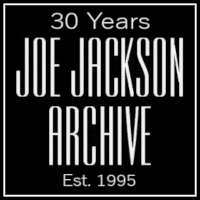
 |
Exclusive interview with Joe Jackson |
When I realised that this website has been running for 30 years, I contacted Joe through his management and asked if he’d be willing to be interviewed for the JJ Archive. And he agreed!
So here are some questions he hasn’t been asked before, some of which I’ve been wanting to ask for many years.
JJ Archive: Joe, in your book A Cure for Gravity you write that while in school... ‘I started writing stories and illustrating them. I seemed to have a talent for drawing. [...] I was soon working in earnest on my home-made comic books.’ Do you still have these self-made comic books? And did you make use of your drawing talent later on – or perhaps now?
Joe Jackson: I don’t have any of that stuff. I occasionally scribble little cartoons or caricatures of people. Some people think they’re not bad. But I’m not giving up my day job.
 JJA: On the Jumpin’ Jive album, who was doing the squeaky and the very deep voices on What’s The Use Of Getting Sober?
JJA: On the Jumpin’ Jive album, who was doing the squeaky and the very deep voices on What’s The Use Of Getting Sober?
JJ: The low voice on What’s The Use Of Getting Sober is me, with the tape slowed down... the high voice is the recording engineer, Norman Mighell, speeded up.
JJA: Many years ago I suddenly realised that Tuxedo Junction contains quite a long quote from String Of Pearls at 2:37-3:18. So why was this not mentioned on the album? Is this intentional, some kind of musical riddle the listener is supposed to solve?
JJ: The part from String of Pearls is not the main theme of that composition, but just the trumpet solo, and I’m not sure if anyone knows whether the trumpet player created it, or if it was written by whoever wrote the rest of the piece. I’m surprised it’s as long as you say... but it didn’t seem logical to include the title, String of Pearls, when you don’t really hear String of Pearls! In my mind, we just used a ‘quotation’, and if you know where it comes from, fine, but if not it doesn’t really matter...
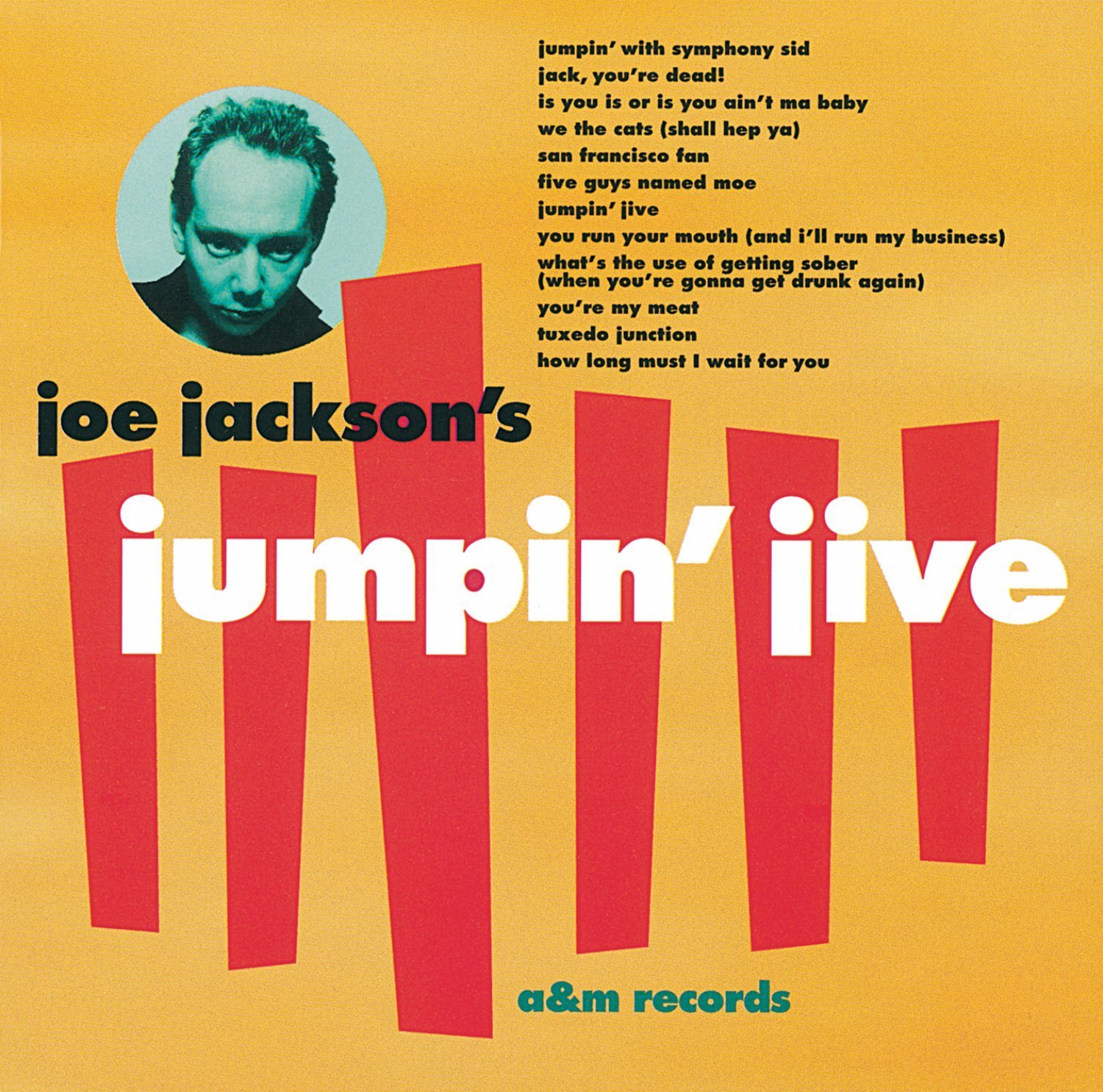 JJA: Why was the American re-release of Jumpin’ Jive issued with a completely different cover? I mean, it’s hard to imagine a re-release of Look Sharp with a different picture on the sleeve. Was it an attempt by the record company to make it look more modern?
JJA: Why was the American re-release of Jumpin’ Jive issued with a completely different cover? I mean, it’s hard to imagine a re-release of Look Sharp with a different picture on the sleeve. Was it an attempt by the record company to make it look more modern?
JJ: I was not involved at all in the re-release, or the cover artwork. I can’t remember exactly what happened at the time... I would have been happy for it to be re-released... but they definitely didn’t give me any control of the cover – I agree the original cover is better.
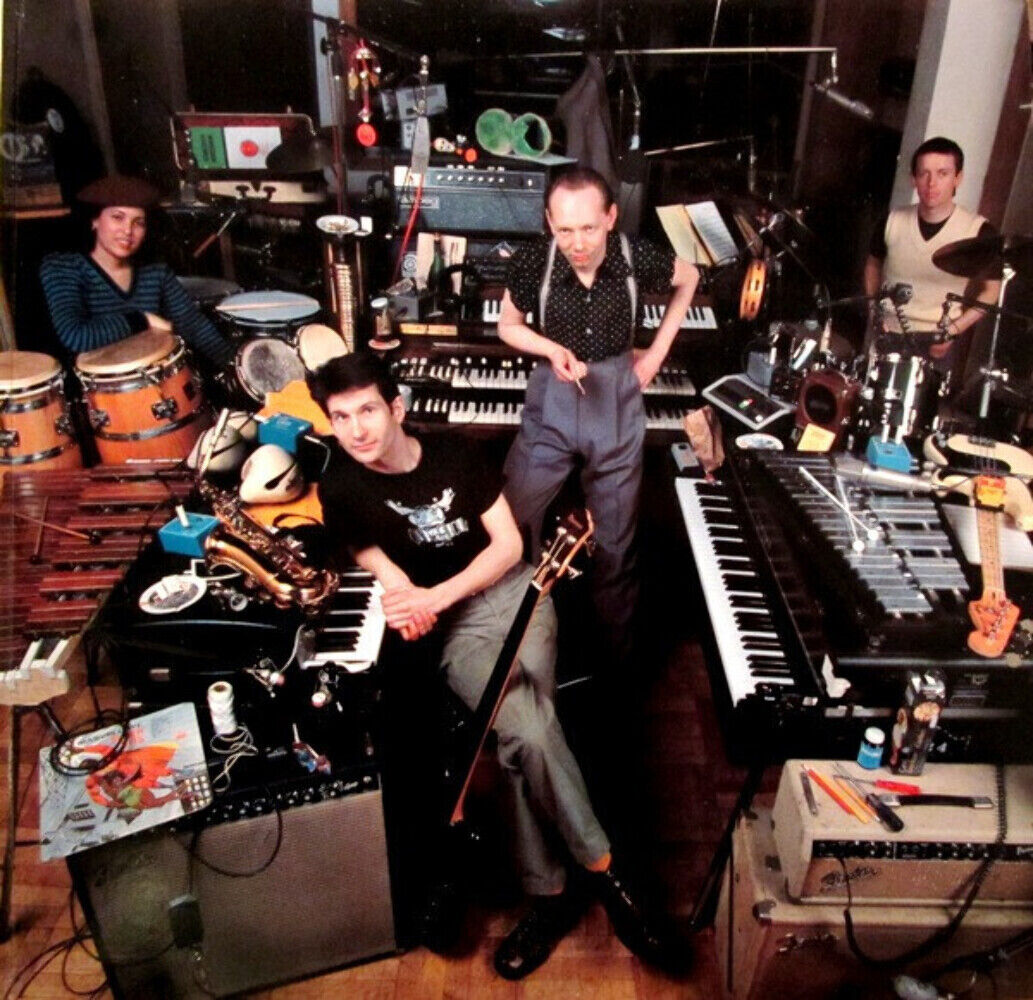 JJA: I love the inner sleeve photo of the Night And Day album. How did this come about and how much of it was arranged? (There is the Marvin Gaye LP, for instance)
JJA: I love the inner sleeve photo of the Night And Day album. How did this come about and how much of it was arranged? (There is the Marvin Gaye LP, for instance)
JJ: The room in the studio was too small. But I thought OK, that makes it easier to get a picture of everyone together in the studio. So we started pushing everything closer and closer together and adding more and more things to make it as crowded as possible. It’s all the gear we actually used plus a lot of random stuff. I’ve no idea how the Marvin Gaye album got there. I think there’s a pack of Turkish Special cigarettes that I used to get in New York at the time. You can’t get them any more.
JJA: What prompted you to do the Motown Medley on the Night And Day Tour?
JJ: I think there was an element of wanting to get away from so-called ‘New Wave’ and even from Rock music in general. But also I think it was like, let’s just do something that surely, everyone must love. To just kind of end the show like a party. I think I used to introduce it by saying ‘If you don’t like this, you’re sick!’ In retrospect I think it probably went on too long. But then, the whole show was too long. Later I understood more the old rule, ‘Always leave them wanting more’.
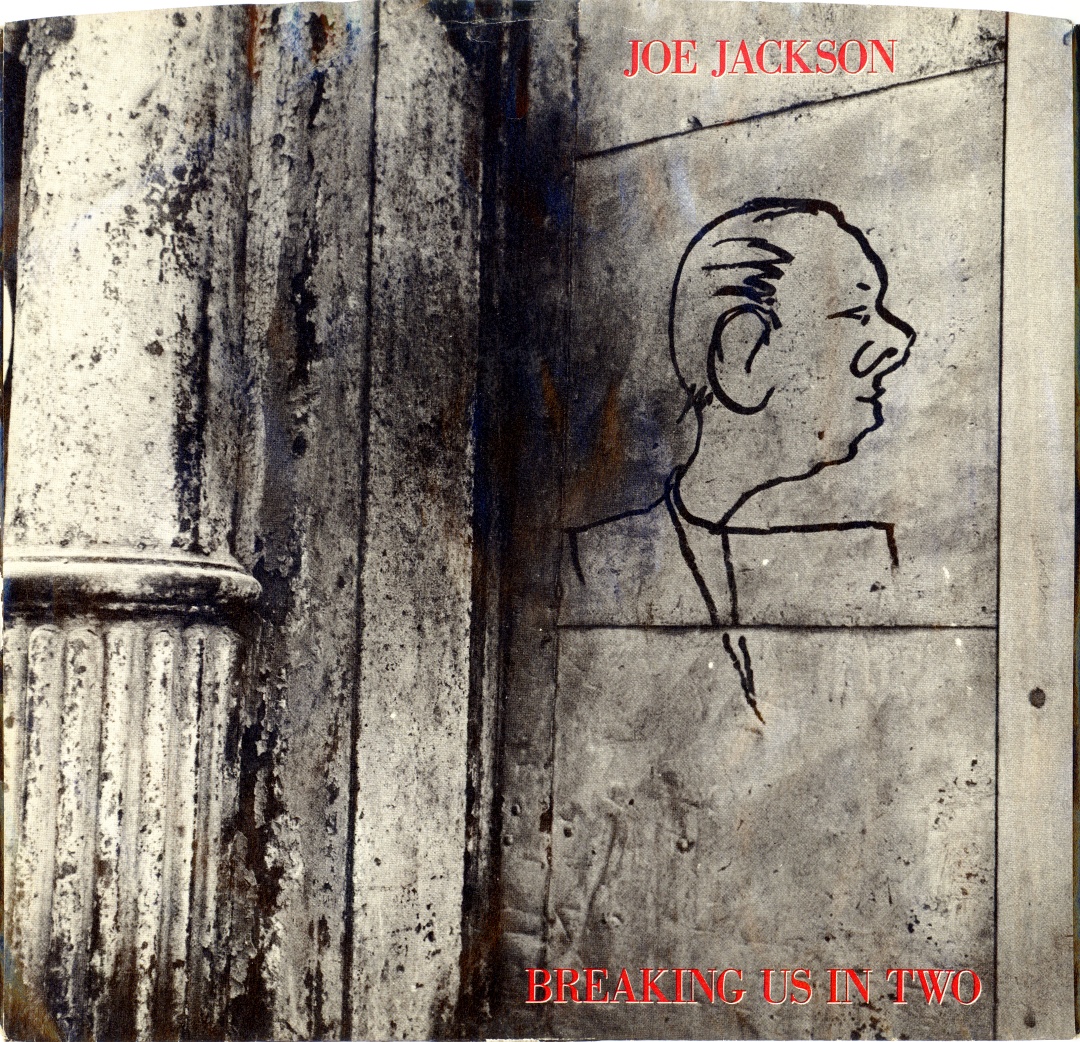 JJA: How did the cover art for the Breaking Us In Two US single come about? Who did the drawing and where was the picture taken?
JJA: How did the cover art for the Breaking Us In Two US single come about? Who did the drawing and where was the picture taken?
JJ: This is the wall outside Blue Rock studio in SoHo NYC, where Night And Day was recorded. (It no longer exists.) And it was drawn by the guy who did the album cover, Philip Burke. I don’t remember who took the photo, or whose idea it was to use it on the single cover. It might have been me!
JJA: While talking about Big World you once said that the idea of recording new songs in front of a live audience had been on your mind for some time and that you originally wanted to do this during the Body and Soul sessions. Anyway, you argued quite convincingly that this was the best way to record an album. The question is: Why did you never do it again?
JJ: I don’t really know why I never did it again. Maybe I will some day. But the two albums you refer to, were made in 1984 and 1986. At that time, a lot of people were starting to use programmed drums and studio techniques in a way that I didn’t really like (and still don’t). So I think I felt I was fighting against that. But over time, I think those battles are over. Electronic music actually got much more interesting later, and now, there are still people going back to acoustic music. I guess now I feel that it doesn’t really matter how an album is made, so long as the music is good.
JJA: Beat Crazy contains the track In Every Dream Home (A Nightmare). It cannot be a coincidence that there is a song by Roxy Music called In Every Dream Home A Heartache (from 1973). How did this come about? Did that song start with the title?
JJ: It may or may not be a coincidence. I don’t remember.
 JJA: Where was the video for Mad At You filmed? And was it your idea to play both the man and the woman?
JJA: Where was the video for Mad At You filmed? And was it your idea to play both the man and the woman?
JJ: In my manager’s apartment [John Telfer’s] and yes, my idea.
JJA: How did the collaboration with Lincoln Thompson and the Rasses come about?
JJ: My manager [again John Telfer] was representing him in the UK at the time.
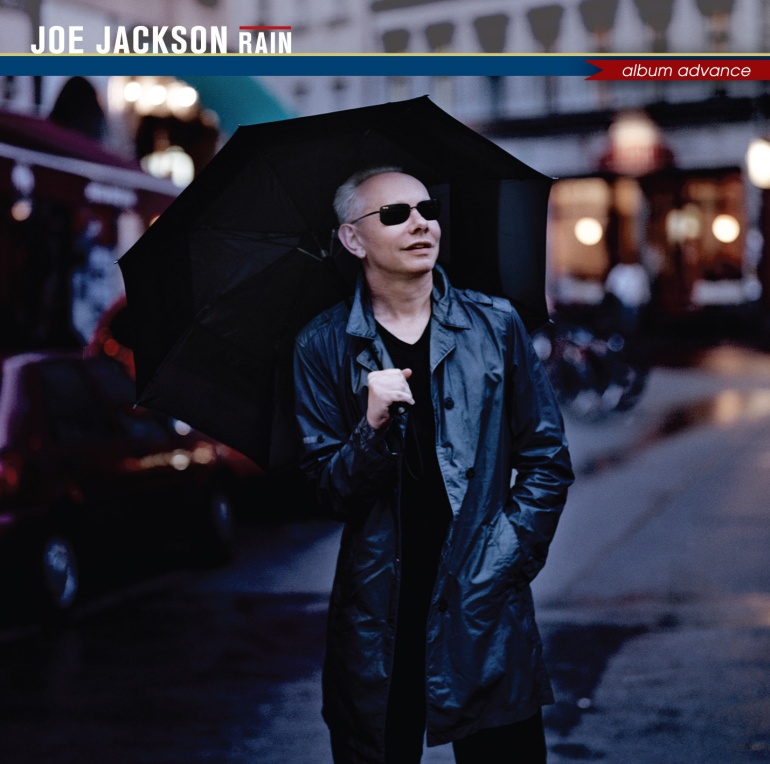 JJA: Where was the photo taken of you with an umbrella that was used for the Rain album?
JJA: Where was the photo taken of you with an umbrella that was used for the Rain album?
JJ: Oranienstraße, Kreuzberg, Berlin.
JJA: When the Max Champion album came out, the Facebook fan group quite quickly reached a sort of consensus:
(1) You wrote all the songs on this album. Even though it sounds remarkably like genuinely old material. Which makes it all the more impressive.
(2) By inventing the back story you’re not out to deceive people but rather have a bit of fun for yourself and for the audience.
(3) You were probably inspired by Mary Lee Kortes and her Songs of Beulah Rowley.
JJ: That ‘consensus’ is spot-on, except that I was not inspired by the ‘Beulah’ project. There is certainly a parallel, but I wasn’t thinking of it. A more definite inspiration was XTC’s ‘Dukes of Stratosphear’. Not the music, but the idea of doing something as a different persona. Andy (Partridge, of XTC) says that he found it liberating, and great fun, and that some of that spirit fed into their next project (Skylarking, one of their best albums). I can relate to all that.
JJA: Regarding your Stoker musical, is there still a chance that this might see a performance? And if this is unlikely, wouldn’t it be possible to release just the music you wrote for it as an album? Far Away, originally written for Stoker, is one of my favourite songs.
JJ: As far as I’m concerned, Stoker is dead. But I liked Far Away very much too, so I’m glad I saved it. Also a couple of the Max Champion songs started out in Stoker. There’s no point in saying which ones, because they changed a lot, especially the lyrics, and no one is ever going to be able to compare them. But working on Stoker and trying to make the music sound like something late-Victorian, was definitely another influence that went into What A Racket!
JJA: Describe your perfect day.
JJ: I’ve had a lot of days where I thought afterwards: wow, that was a perfect day. But they were all different and that’s what I think is wonderful. I don’t want to have some kind of formula of what’s perfect, because then everything else would fall short, wouldn’t it? I want life to be an adventure.
The interview was conducted by Andreas Wostrack in February 2025 via e-mail.
This page was last updated 20 Feb. 2025. To send additions/corrections go to the contact page.
Copyright © 1995-2025 The Joe Jackson Archive